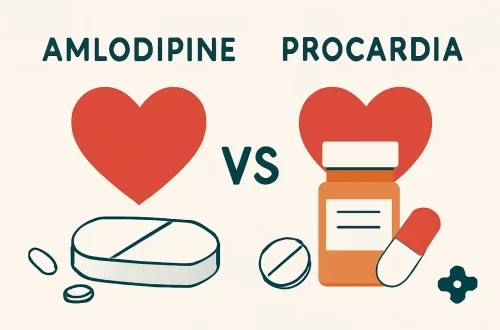-
Understanding Insulinoma in Ferrets: Symptoms and Treatment Options
Insulinoma is a rare but significant health issue that can affect ferrets, a popular choice for small pet enthusiasts. These playful and curious animals have unique physiological needs, and understanding the various health challenges they may face is crucial for responsible pet ownership. Insulinoma specifically refers to a tumor of the pancreas that results in excessive secretion of insulin, leading to dangerously low blood sugar levels. This condition can have serious consequences if not addressed promptly. Ferrets, being small and agile creatures, often mask their symptoms, making it vital for owners to be vigilant about their pet’s health. Early detection and intervention can significantly improve the quality of life for…
-
Dietary Approaches for Managing Hyperthyroidism in Cats
Managing hyperthyroidism in cats is a critical concern for pet owners and veterinarians alike. This condition, characterized by an overproduction of thyroid hormones, can lead to various health issues, including weight loss, increased appetite, and hyperactivity. As cat owners strive to provide their feline companions with the best possible care, dietary management emerges as a significant strategy in addressing hyperthyroidism. Understanding the role of diet in the management of this condition is essential. Proper nutrition can play a vital role in regulating thyroid hormone levels and improving overall health. Cats with hyperthyroidism may experience a range of symptoms that can impact their quality of life, making it crucial for pet…
-
Understanding Cushing’s Syndrome in Dogs and Its Impact on Back Legs
Cushing’s syndrome, also known as hyperadrenocorticism, is a condition that affects dogs more commonly than many pet owners might realize. It results from an overproduction of cortisol, a steroid hormone that plays a vital role in various bodily functions, including metabolism and immune response. In dogs, this syndrome can lead to a range of symptoms, including increased thirst and urination, a pot-bellied appearance, and thinning skin. One of the more concerning aspects of Cushing’s syndrome is its potential impact on a dog’s mobility, particularly in their back legs. As this condition progresses, owners may notice changes in their dog’s behavior, such as lethargy or reluctance to engage in activities they…











